Advanced air mobility operations at Orlando International Airport
Embry‑Riddle research shows air taxis and autonomous aircraft can safely integrate into Orlando International Airport without disrupting commercial flights. The article Advanced air mobility operations at Orlando International Airport first appeared in TravelDailyNews International.


DAYTONA BEACH, FLA. – A study by Embry‑Riddle researchers has demonstrated that advanced air mobility (AAM) vehicles, such as air taxis and autonomous aircraft, could be integrated at Orlando International Airport in Florida without disrupting existing commercial air traffic.
The research, published in April in the MDPI journal Aerospace, represents one of the first evaluations of AAM integration at a major U.S. airport, according to the peer-reviewed paper. The study was commissioned by the Greater Orlando Aviation Authority (GOAA), the public entity that operates and manages Orlando International Airport.
The researchers collaborated with the aviation authority to identify preferred “corridors” within Orlando International’s airspace that could accommodate the integration of AAM aircraft. These futuristic aircraft – capable of vertical takeoff and landing or short takeoff and landing operations – are emerging to transport people or cargo in urban and regional areas.
Using historical air traffic data from one of the airport’s busiest days – March 25, 2023 – the researchers employed state-of-the-art modeling software to simulate the effects of AAM integration on potential wake turbulence and air traffic conflicts. The software, known as Total Airspace and Airport Modeler, can simulate existing and redesigned airspace, flight schedules, aircraft paths, wake turbulence, airport ground operations and many other factors. Using this advanced simulation modeling, the study found that operating up to 22 AAM vehicles would result in zero air traffic or wake turbulence conflicts.
The researchers said that the study has established a foundation for other researchers and airport officials to understand the operational impacts and factors of integrating AAM aircraft into the National Airspace System in a safe and controlled environment.
According to the published paper, examining the ramifications of integrating AAM into the current air transportation system is critical due to the potential impact “on the safety of the traveling public.”

Research team members Dr. Robert Thomas, Dr. Victor Fraticelli Rivera, Carlos Castro Peña and Sakurako Kuba. (Photo: Embry‑Riddle/Dr. Robert Thomas)
Dr. Victor Fraticelli Rivera, assistant professor of Aeronautical Science, said that the study, conducted at one of the nation’s busiest airports, “offers an opportunity to explore innovative transportation solutions within congested, complex and highly regulated airspace,” adding that “collaboration with all stakeholders in the aviation and aerospace ecosystem is vital to ensure AAM’s sustainable, efficient and safe integration.”
Also involved in the study were Dr. Robert Thomas, associate professor of Aeronautical Science; Carlos Castro Peña, director of operations for Embry‑Riddle’s Center for Aerospace Resilient Systems; and Sakurako Kuba, a Ph.D. candidate in Electrical Engineering and Computer Science, whose research focuses on aviation and aerospace cybersecurity, air traffic simulation and airspace traffic pattern visualization.
Kuba’s role in the project was simulating air traffic using the historical flight data and implementing conceptual AAM configurations at the airport to quantify airspace impact, she said.
“Contributing to real-world challenges in AAM development provides students with valuable exposure to the future of airspace operations,” Kuba said. “It allows us to grasp the idea of existing airspace management and to better understand how next-gen airspace development is evolving.”
Kuba said collaboration with industry partners and receiving their feedback was also particularly valuable. “It not only helps us grow professionally but also builds confidence in our skills and prepares us for impactful careers in this emerging field,” she said.
Lance Lyttle, CEO of the Greater Orlando Aviation Authority, said the study complements an ongoing collaboration with the Federal Aviation Administration’s Innovate 28 program, which explores integrating AAM safely into Orlando International’s airspace. “We appreciate the partnership with Embry‑Riddle,” Lyttle said, “and hope the research will advance connection and innovation within the Central Florida aerospace ecosystem.”
The article Advanced air mobility operations at Orlando International Airport first appeared in TravelDailyNews International.







![‘Elden Ring Nightreign’ Receives New Trailers Ahead of Friday Launch [Watch]](https://bloody-disgusting.com/wp-content/uploads/2025/05/eldenringnightreign.jpg)












































![Chains Of Ignorance [NIGHTJOHN]](https://jonathanrosenbaum.net/wp-content/uploads/2011/04/nightjohn2.jpg)


























































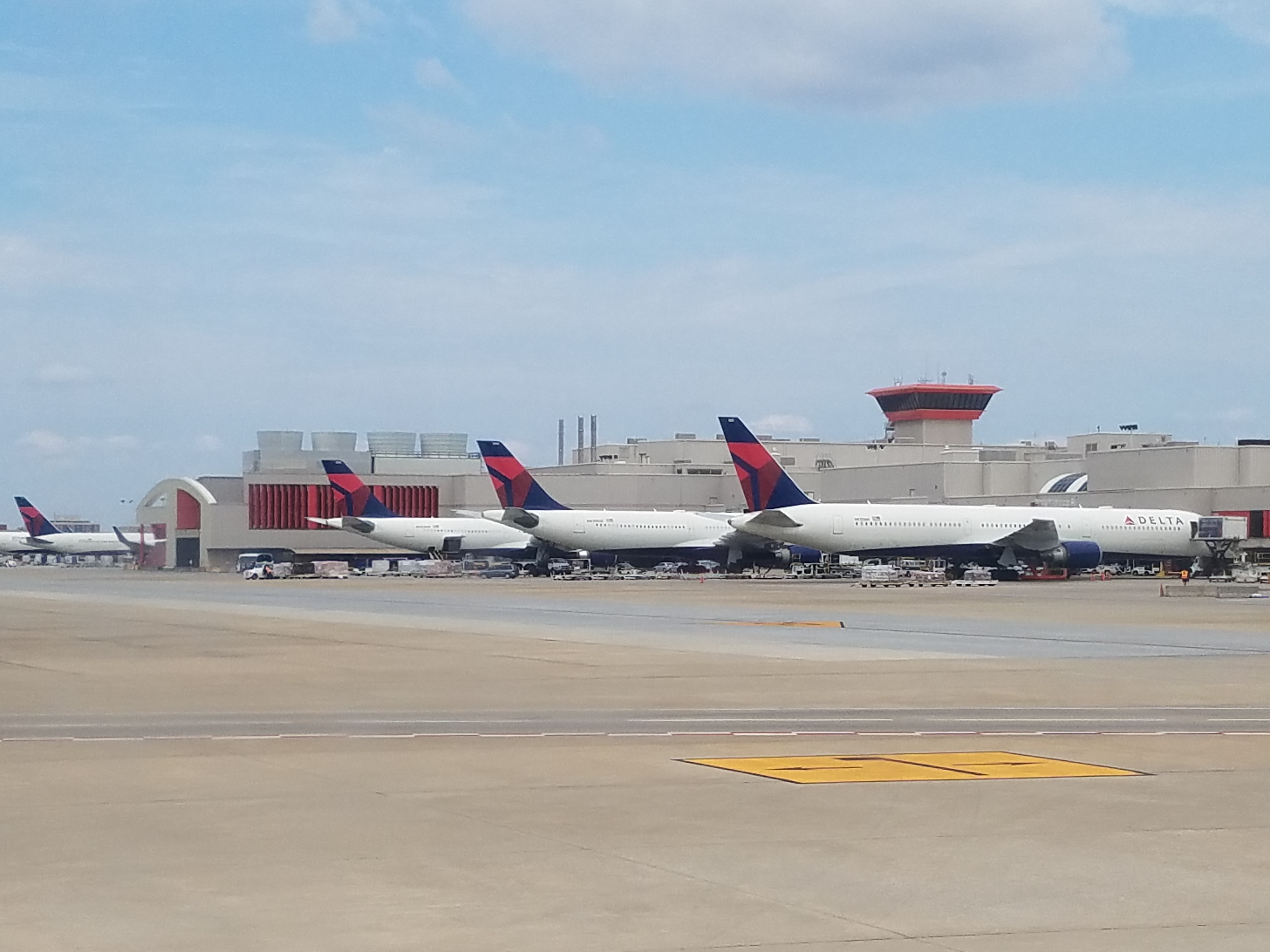
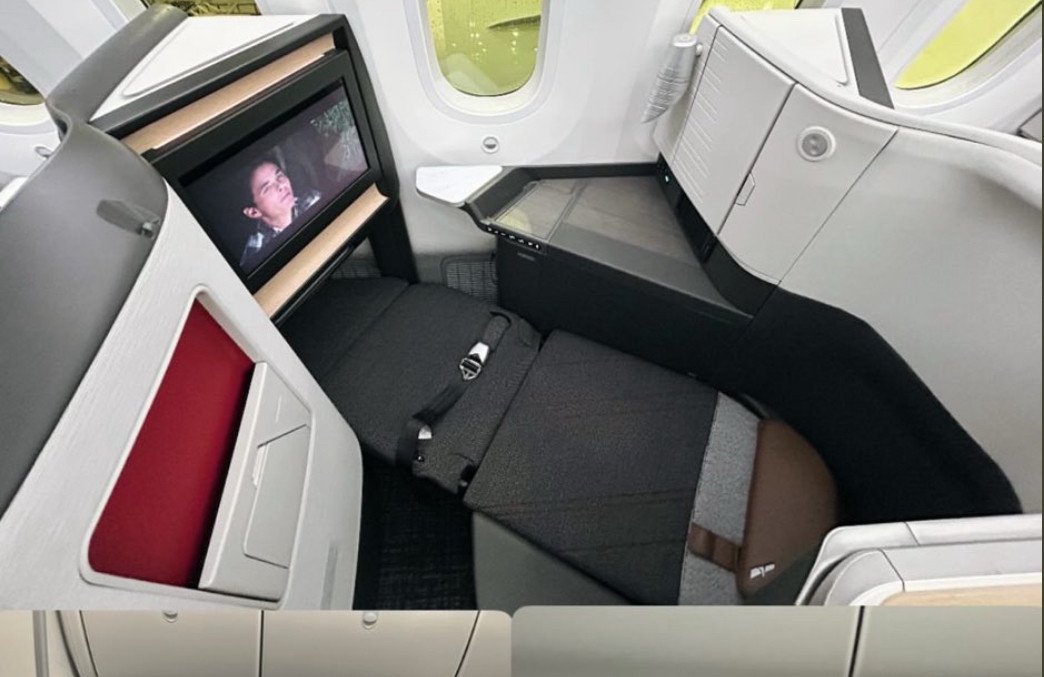































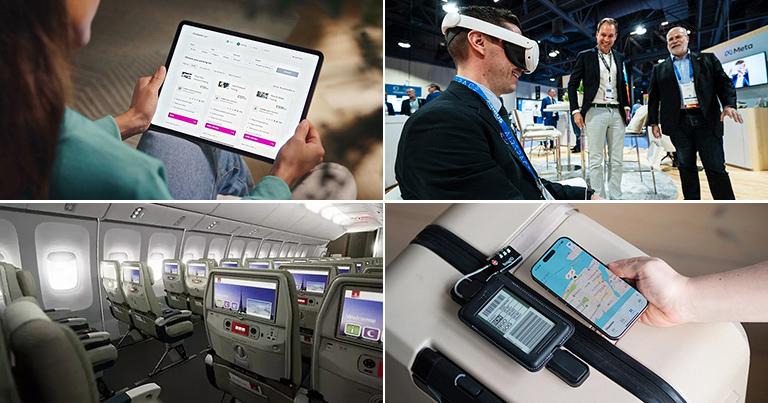



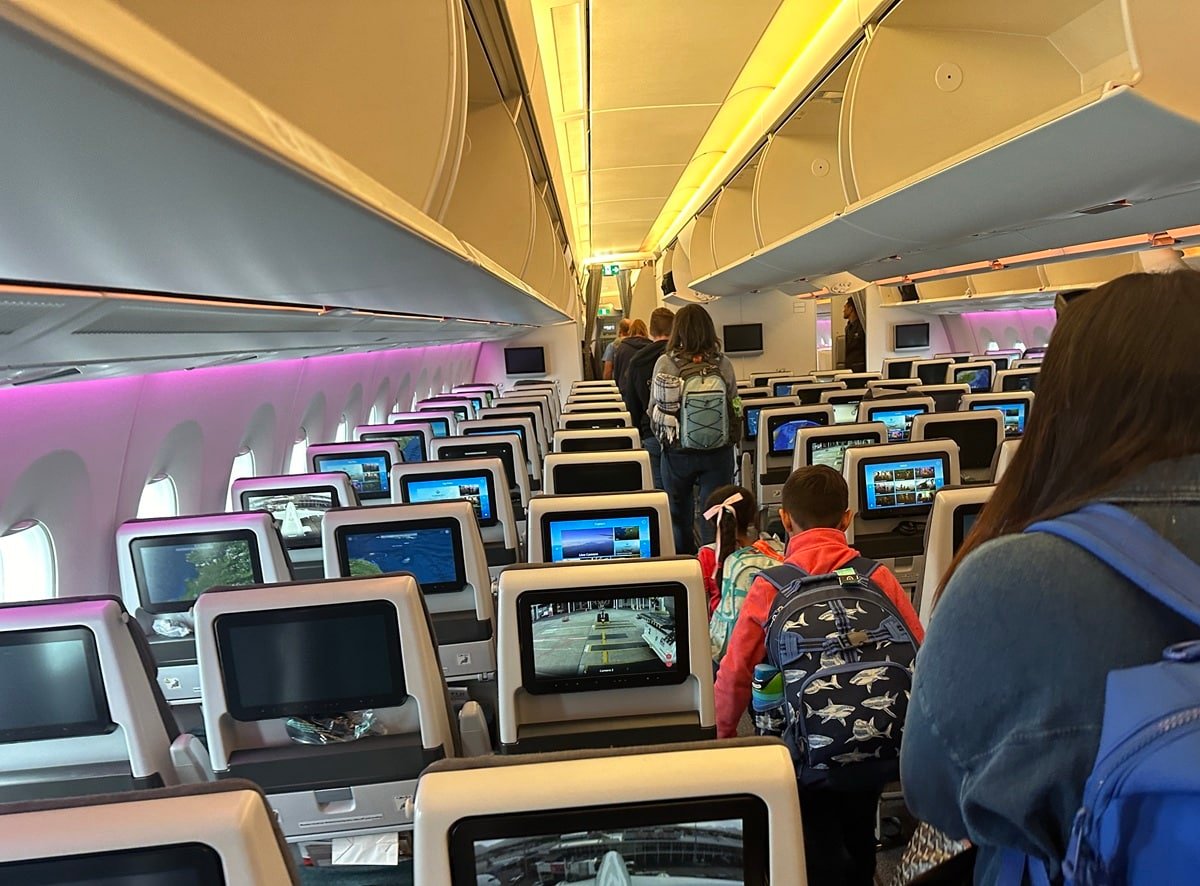

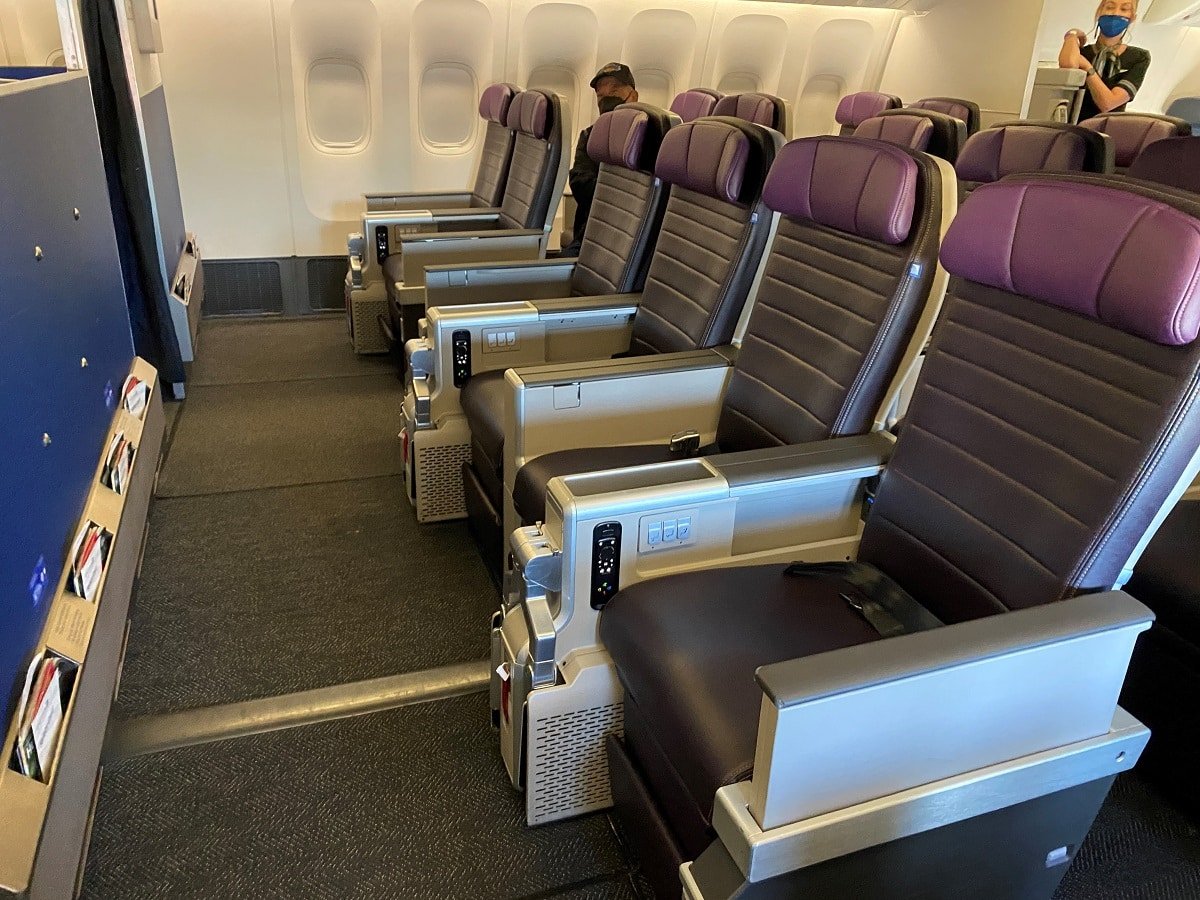




























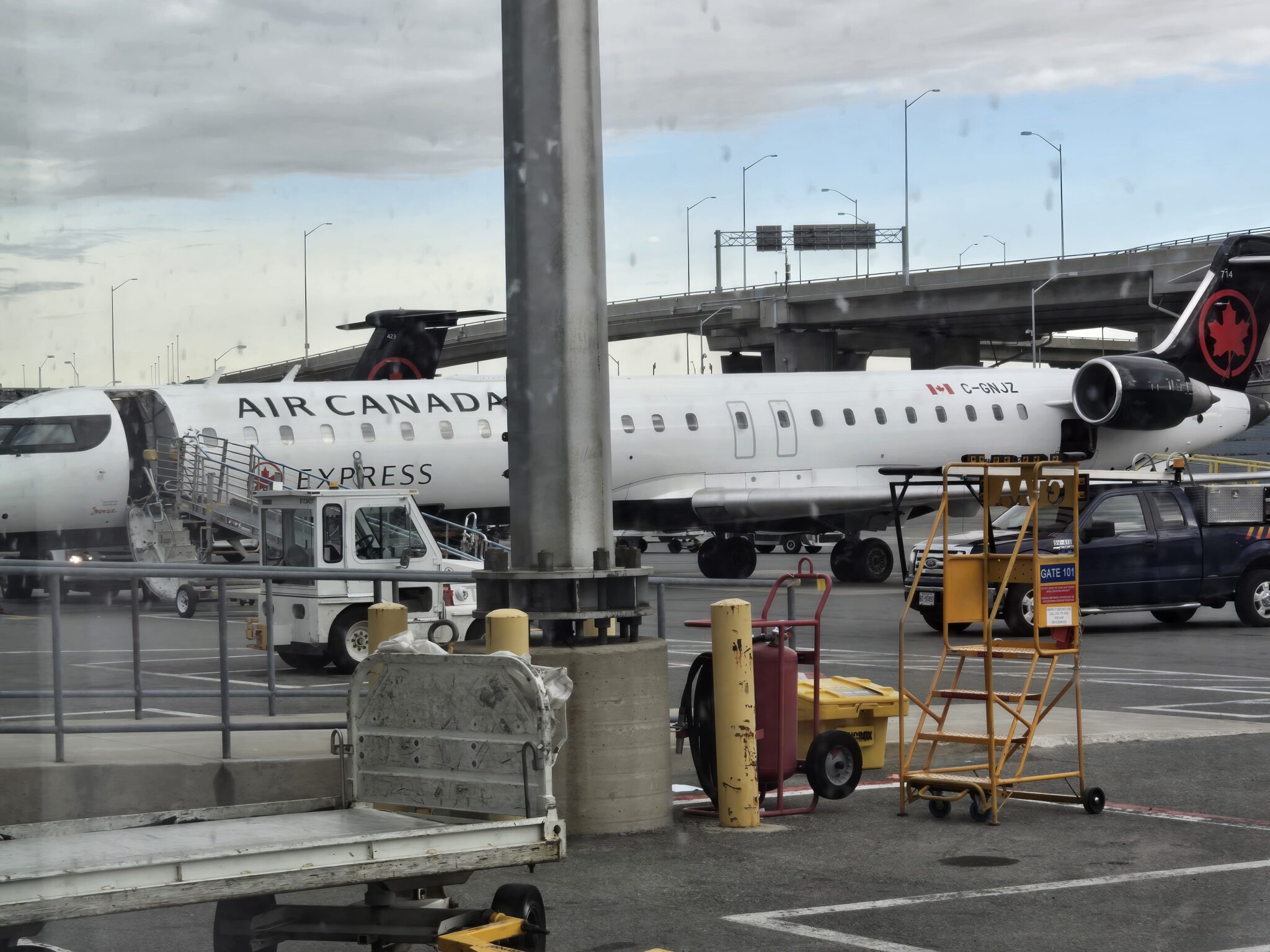
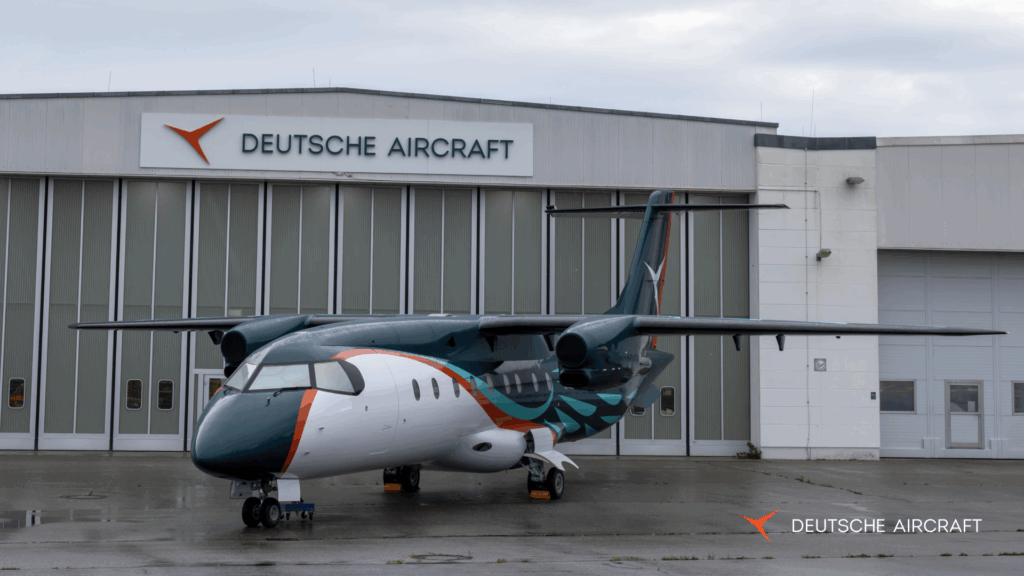
































































































































































































![[Podcast] Making Brands Relevant: How to Connect Culture, Creativity & Commerce with Cyril Louis](https://justcreative.com/wp-content/uploads/2025/05/cyril-lewis-podcast-29.png)
















































































































